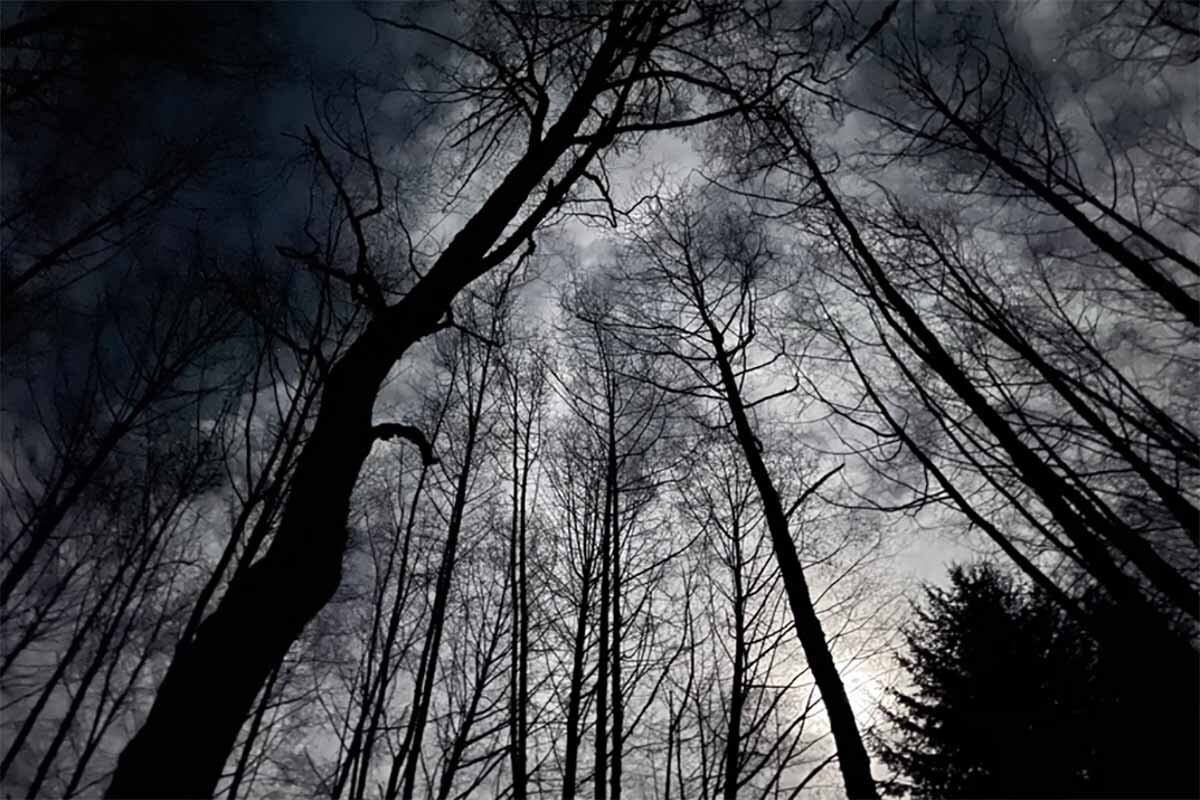Red Alder, The Forest’s Caregivers
by Gary Ingram
“This evening, returning to our cabin...I stopped to enjoy our forest: perfectly spaced conifers, some now 50 feet high or more, alder trees swaying in the evening breeze, and the owls hooting.”
Forest fires are deadly. Long before Vancouver sailed into Puget Sound, massive fires happened on a regular basis. A mature conifer forest in northwest Washington consists mostly of Douglas fir trees, mixed with Western red cedar, hemlock and Sitka spruce. Red alder and big leaf maple trees will usually dominate a place where the conifers don’t thrive, like borders of swampy and wet areas.
Fires are horrible but the forest uses them. When fires swept through old forests, they mainly left the large and mature Douglas fir trees unharmed, but burned the younger ones and the debris on the forest floor, leaving large open areas. Most mature Douglas firs have thick bark with few low branches (that have highly flammable foliage), giving them good resistance to most fires. After a devastating fire, these old trees become the seed trees of the new forest.
This open and sunlit forest floor is the perfect opportunity for red alder (Alnus rubra), known as a pioneer species that needs sunlight to germinate its seeds and to grow. One mature alder tree can produce 15 million seeds in a year. The seeds are small with wings and they are very light. Lifted by the wind, the seeds can travel miles and will find the burned and open area. Then in the spring, small alder trees will emerge everywhere. Alders are able to reproduce as early as three years old.
The young alder trees race to the sky, seeking the sunlight. Only a few make it, growing up to 120 feet. Unlike most trees, the alder pulls nitrogen out of the air to feed itself and sends roots down into bedrock to mine the minerals it needs. The mature conifer forest has worn-out soil, but as the smaller alder trees are shaded and fall to the ground, they are eventually transformed into excellent soil. Rich in nitrogen and much needed minerals, their death adds to the new forest floor. This is the first job of the alder tree: prepare the soil for a renewed conifer forest.
In the fall, almost all deciduous broadleaf trees conserve important nutrients by breaking down chlorophyll and other substances in the leaves before dropping them. The alder tree doesn’t do that; it keeps all the good things in the leaves, including the chlorophyll, and just drops them. Deer and elk love these nutritious leaves, as do my goats. Most of these leaves get broken down by soil microorganisms over the next year, continuing to rebuild the soil.
Mature alders care for the forest in a number of ways. First, the presence of alders reduces root rot in conifers by releasing an anti-fungal chemical. Second, the amount of nitrogen provided by alders is off the charts. White nodules on the roots are the bacteria that convert the atmospheric nitrogen for the plant. If you pull out a small clover plant, you will see little white nodules about half the size of grain of rice. On the roots of a mature alder tree, the nodules can be the size of a softball. Finally, the filtered sunlight provided by the mature alder trees will protect the young conifer seedlings, allowing them to thrive. Douglas firs, for example, need shade when they are young. In the rich soil these seedlings will grow into massive evergreens, towering over the alder forest, which will then slowly die off from lack of direct sunlight, falling to the ground. This is the second job the alder tree plays: nursing the new conifers to life.
I know they don’t make a good tree for the suburbs, but we don’t live in the suburbs. I often see mixed groves of trees with alders just about everywhere on South Whidbey. My wife and I bought five acres near Greenbank 20 years ago. I believe it was clear cut in 1995 and the loggers never replanted Douglas fir like the rules require. I hate that rule and love the way nature does it. I live in a mature alder forest that is regenerating exactly as described above. It’s a haven for wildlife, especially birds. This evening, returning to our cabin after locking down the chickens for the night, I stopped to enjoy our forest: perfectly spaced conifers, some now 50 feet high or more, alder trees swaying in the evening breeze, and the owls hooting.

